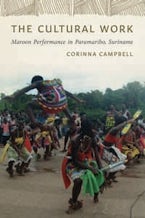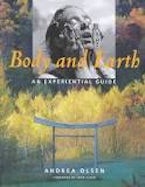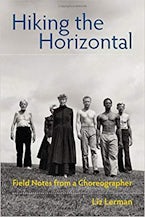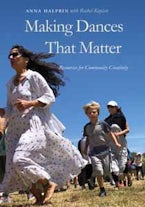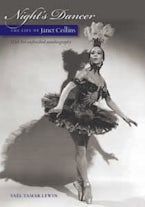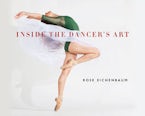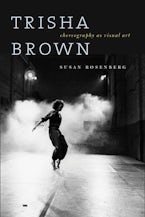
Tree
belief / culture / balance
Series: Wesleyan Dance
Sales Date: 2004-05-28
280 Pages, 7.00 x 10.00 in
Acclaimed choreographer explores the idea of intercultural performance.
Tree is the second installment in Ralph Lemon's critically acclaimed performance trilogy and documents his travels through India, Indonesia, China and Japan as he retraces the Buddha migration map. More artistic sociologist than mere traveler, Lemon kept journals, drew, collected ephemera, conducted informal interviews, and took photos as he explored performance traditions and met the performers with whom he would eventually choreograph an evening-length work. In the process, he worked through his own preconceptions and misconceptions about the people and the places he encountered. Tree is ritually structured, and reveals a rich collision of cultural values pertaining to performance, race, identity, modernity and tradition. Like the first installment in the trilogy, Geography (Wesleyan, 2000), this book is exquisitely designed and lavishly illustrated to allow the reader to follow and interpret Lemon's observations and his creative process.
The world premiere of the final part of the trilogy, House, will be at the Krannert Center for the Performing Arts in Urbana, Illinois in September, 2004. Additional U.S. and international performances will follow.
RALPH LEMON is a choreographer/dancer based in New York City. From 1996-2000 he was an Associate Artist at Yale Repertory Theater and in 2002 a Fellow of the Humanities Council and the program in Theater and Dance at Princeton University. He is currently a George A. Miller Endowment Visiting Artist at the Krannert Center for the Performing Arts in Urbana, Illinois.
"Lemon's work is intercultural, living as it does in the space between cultures, where issues of race, ethnicity, cultural affinity, aesthetics, and ethics become particularly volatile. Interculturality is the future of dance, and, arguably, characterizes all the arts."
~David Gere, Associate Professor, UCLA Department of World Arts and Cultures
"Haunting, 'under-my-skin' stories from Ralph Lemon's odyssey that generated the unique performance TREE—an eccentric, multicultural alignment with many forms of 'the other'. He asks fundamental questions: what is dance? What is performance? What is love, sex, language? Half dream, and spotted with vivid rituals of everyday life conducted by his diverse cast, this book is full of spirit."
~Barbara Dilley, Dancer and Faculty, the Naropa University, Boulder, Colorado

